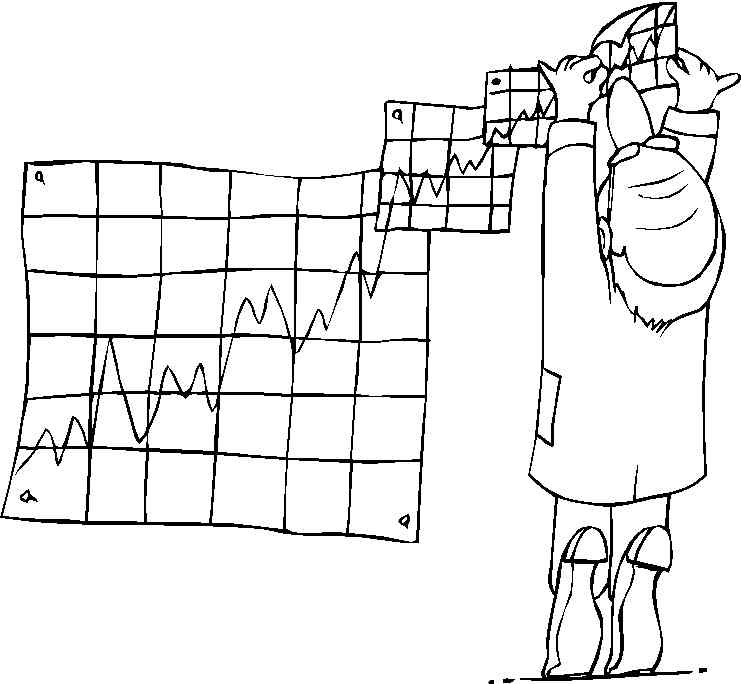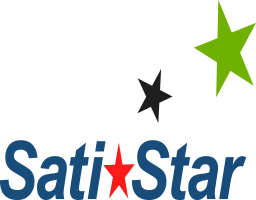Statistical Improvement Tools
Overview
Continuous improvement depends on selecting and using the proper tools to analyze the data that’s generated by your processes. SatiStar’s knowledgeable consultants will help you to select the proper tools for the job and how to apply the tools to analyze data from your process.
We’ll ensure that you achieve rapid improvement in processes through the use of a wide variety of statistical tools (from simple to advanced).
Scope And Deliverables
 The scope of statistical techniques includes how to measure, analyze, improve and sustain business process improvements.
The scope of statistical techniques includes how to measure, analyze, improve and sustain business process improvements.
Measuring quality, safety, finance, environmental and other business processes
- What should you measure?
- The five key levels of managing and measuring. How to use each for best results.
- What proactive organizations measure and what reactive organizations think they measure.
- Why some measurements make business processes worse.
- Using measurement to change the future.
- The six-sigma road map and process improvement model
- Plan-Do-Study-Act—the framework for Continual Improvement flowcharts (process maps), block diagrams, and deployment
Signal versus noise
- How to differentiate between significant events and trends versus insignificant fluctuations
- How to measure for improvement rather than to fight fires
- Common mistakes in business performance measurement systems
The need for improvement
- Rolled throughout yield
- Process capability
- How do you know those are your customer’s requirements?
- Analyze your process and identify the inputs, input requirements, process, outputs, and customer and stakeholder requirements
Using modern statistical process control and data-analysis tools
- Process Mapping & Flowcharts
- Brainstorming
- Cause and Effect Diagrams
- 5 Why?
- Data collection
- Bar-charts, Pareto charts, histograms, scatter diagrams and running records data collection
- Basic Process Capability Statistics
- Improvement tools
- Process behavior charts
- Using process behavior charts for Continual Improvement
- Charts for count data
- Charts for trended data
- Working with seasonal data
- Using the tools interactively to achieve Continual Improvement
- Using data to gain insight into your processes
- Effective statistical process control charts, including x-bar and R, X-bar and S, p-charts, np-charts, u-charts, and exponentially weighted moving average charts (EWMA)
- Focus on upstream key input variables for effective process control
- Establishing process control strategies
- Statistical process control for process industries: dealing with high sampling frequencies, distributed control systems and auto-correlated data
- QC testing: how much good product are you throwing out and how much bad product are you shipping?
- Statistical process control to measure and improve safety and environmental performance
- Exploratory data analysis: use of boxplots, bar charts, scatterplots and more
- How to measure risk
- Using design of experiments: fractional factorials, factorials and more
- Bootstrapping, non-parametric techniques and other techniques for data with unknown distributions
- Improving process capability: why 6-sigma capability is vital in today’s business world
- How to sample, sampling error, sampling plans
- Data mining
Implementation
- Effective implementation strategies
- Planning and executing process improvement projects
- Getting the most out of your Management Information System (MIS)
- Integrating quality, safety and environmental management and other business systems
What We Will Do
The outcome for any statistical improvement effort is to rapidly improve the output of processes. We’ll begin by spending time with your leadership team investigating and identifying potential opportunities for improvement to your processes – based on those issues that they care about most. We then collect actual process data, which is used during the subsequent implementation stage.
Employees are then given the mandate to identify and achieve major improvements in process performance. A critical requirement is that they must deliver this within a very short time period, usually a few weeks!
- Determine key process output measures for critical processes, beginning with those that affect your customers.
- Collect and analyze relevant process output data.
- Rapidly focus on the critical few issues that are most important.
- Determine which types of statistical techniques are the most appropriate, and begin to implement.
- Train relevant employees in the use of the tools.
- Guide employees in how to interpret the data and use it to rapidly improve their processes by:
- Understanding processes.
- Understanding and eliminating causes of unfavorable output.
- Understanding how to measure process performance.
- Implementing process changes effectively.
- Sustaining the improvements.
- Guide your leadership team on how to ensure that the rapid process improvements are achieved and sustained.
What We Need You To Do
- Commit to implementing an improvement program.
- Assign key personnel to become internal Statistical Improvement Technique experts.
- Enroll the relevant part of the entire organization in the effort.
- Provide access to relevant process areas.
- Ensure that requested data is provided in a timely manner.
- Set up and conduct periodic follow up to ensure appropriate leadership of the effort.
- Measure and track overall progress.
WHAT PEOPLE ARE SAYING
SatiStar's Experience Makes The Difference!
